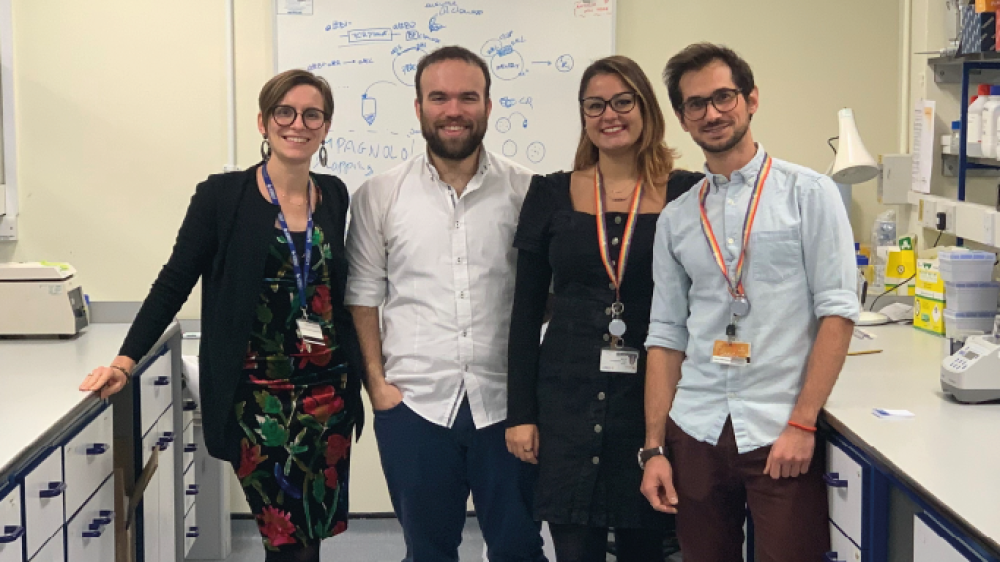Using “waste” tissue to screen novel cardiac therapies
Dr Paola Campagnolo has used NC3Rs funding from a Project grant and a Skills and Knowledge Transfer award to develop an ex vivo model of the epicardium to replace the use of mice for high throughput screening of cardiac therapies in academia and industry.
An emerging role for the epicardium in heart regeneration
The epicardium is the outer layer of tissue that covers the heart. It contains multipotent progenitor cells that are able to home to injured heart muscle, promoting recovery and regeneration following a heart attack or similar injury. Epicardial research has progressively discovered its potential for new cardiac reparative therapies. Most epicardium studies are performed in rodents where a heart attack (myocardial infarction) is induced through surgical procedures, before therapies are tested.
Developing an ex vivo model using abattoir tissue
Paola was awarded an NC3Rs Project grant in 2017 to develop an ex vivo model of the epicardium to both study epicardial cell behaviour and provide a platform for screening cardiac drug candidates. The EpCardio-TS model uses cardiac slices from pig hearts, which are collected as waste tissue from abattoirs or leftover tissue from other experiments. The slices are comprised of the outer epicardial layer and the underlying myocardial tissue, which mirrors the structural complexity of heart tissue in vivo. Porcine cardiac tissue more closely resembles human tissue, compared to small animal models, both physiologically and in regenerative potential. Between 15 and 20 slices can be obtained from each heart and the slices have a high level of batch consistency. Paola’s lab is currently using the EpCardio-TS model in compound testing trials with Astra Zeneca. To date they have tested four compounds and estimate the experiments have replaced the use of between 48 and 60 mice. To further encourage uptake in the cardiac research community, Paola has published the methodology and raw datasets for EpCardio-TS [1].
A new area of research for EpCardio-TS
Following the successful development of EpCardio-TS, Paola received an NC3Rs Skills and Knowledge Transfer award in 2019 to apply the model to a new research area, investigating genes that influence epicardial repair. Collaborators at Imperial College London used the model to optimise gene delivery into cardiac tissue by nanomaterials in experiments, which would otherwise have been performed in mice. In a joint PhD project with the University of Milan-Bicocca, Paola is training a PhD student in the epicardial slice technique to use in a multidisciplinary project which aims to better understand the molecular pathways involved in the myocardial response to injury.
Disseminating the advantages of ex vivo models
Paola is passionate about promoting the use of ex vivo models in cardiac research. She has undertaken a considerable amount of outreach activity to communicate the advantages of ex vivo models to the research community, particularly to encourage uptake by early career scientists. These events include the European Vascular Biology International Summer School and Skype a Scientist (2018) as well as public engagement at the Pint of Science festivals in 2019 and 2023.
References
- Maselli D et al. (2022). Porcine Organotypic Epicardial Slice Protocol: A Tool for the Study of Epicardium in Cardiovascular Research. Front Cardiovasc Med 9: 920013. doi: 10.3389/fcvm.2022.920013
Related projects

